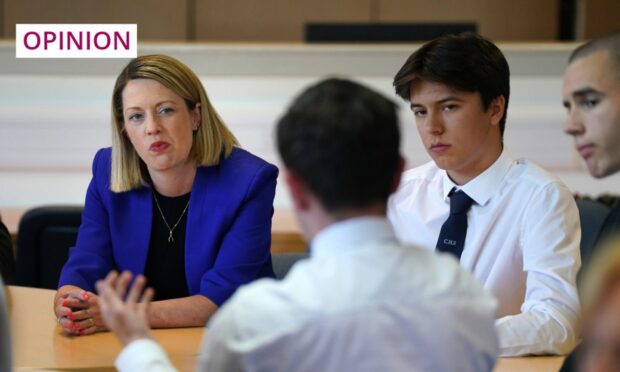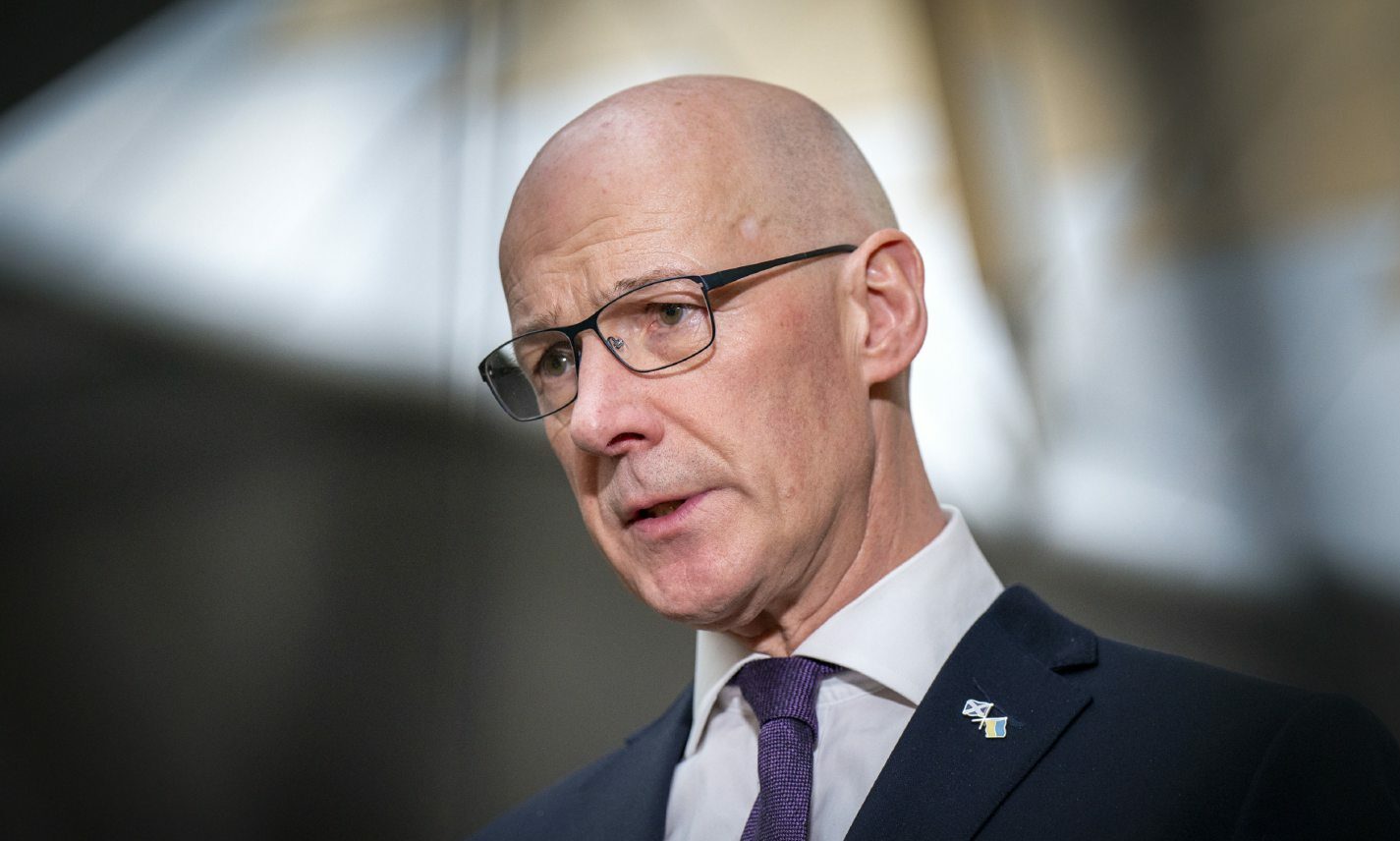Scotland’s schooling is in a self-inflicted mess. That much is clear to anyone who pays attention to the increasingly alarming reports, data and anecdotal evidence that emerge from it.
For years now, public policy has been headed in the wrong direction, and essential reforms have been body-swerved by timid politicians. If it were a child, the education system would, long ago, have been removed from its parent due to neglect.
The recent Pisa study, which examined pupils’ performance in reading, maths and science across the world, yet again found long-term Scottish decline in each area. We are slipping further and further behind the best – and that includes England, where innovative, courageous and sometimes contested reforms have begun to lift standards.
Curriculum for Excellence (CfE), which has provided the structure for Scottish education throughout the SNP’s reign, has been proven unfit for purpose. If the principles behind it are clear and sound, in practice its delivery has been muddled and overly complex. It has driven us down some odd and damaging pathways, not least by deprioritising the acquisition of knowledge.
I know of no teacher who thinks the current state of affairs is a happy one. This is not a party-political issue – it includes those who vote SNP and would like to see Scotland become an independent state. It includes those on the right and left and in the centre.
These teachers are wrestling with a status quo that dictates how and what they teach, in ways they know to be counterproductive. They know that the current intellectual penchant for “pupil-centred” classroom activities is a travesty, that this approach wastes time and acts as a barrier to the imparting of knowledge. You don’t have to hanker back to the days of the dominie to understand why this would be so.
On top of this, they must cope with a school environment that, post-lockdown, has morphed into something like chaos. Absenteeism is at record highs and it is not unusual, depending on the school, for classes to be half-empty. Pupils struggle to concentrate, and chat constantly. Violence and aggression are rising.
Defensiveness and bullish resistance to reform
The response of the education establishment – the left-wing unions, council officials and academics that control our schools – has been twofold. First comes a defensive crouch, where their long-held ideological mantras about progressive change to education must not be challenged, regardless of the evidence that shows the damage these “improvements” have inflicted.
Second, they are bullishly resistant to all and any reforms that might loosen their iron control of the system. When the then Education Secretary John Swinney sought to introduce a bill granting greater autonomy to schools and headteachers – so, weakening this cancerous institutional grip – he was bullied into withdrawing it by Cosla.
When Nicola Sturgeon talked about reintroducing standardised testing at the start of primary school, so that it would be possible to have an independent metric of each pupil’s level, she was faced down by the unions. So it goes.
Meanwhile, due to the skewed timetabling impact of CfE, only a minority of Scottish secondary schools now allow pupils to sit more than six Nat 4s or 5s, with some only allowing five. This is regardless of a pupil’s academic ability. The schools that continue to offer eight or nine are either independent or tend to be run by experienced headteachers who have the confidence to ignore national guidelines.
In light of all this, you might think the self-described progressives would be somewhat humbled. Not a chance. They are now attempting to drive the system away from examinations and towards teacher-led assessment of projects and coursework.
This is what happened during lockdown, when pupils were unable to sit formal tests. To no one’s surprise, the number of high grades rose sharply – such is the inevitable outcome of allowing teachers to mark their own homework. The long-term benefit to pupils is less clear.
First must come a change in political rhetoric and will
Only a fool doubles down on something that transparently isn’t working. Instead, it is time to rethink how we are going about schooling our children. There is no reason Scottish education should permanently wallow in mediocrity and be charting a consistently downward course. These are deliberate choices.
First must come a change in political rhetoric and will. Education Secretary Jenny Gilruth has shown some signs of life when it comes to reform – following the Pisa embarrassment, she has announced plans to put maths at the centre of the curriculum.
She must also look again at the move away from exams. By all means, modernise what and how we test, but exams remain the gold standard and the fairest way of judging academic attainment. They are nothing to be scared of.
Parents know we’re going in the wrong direction. Teachers do, too. And the politicians certainly know it
My think tank Reform Scotland is proposing some technical changes, including limiting S4 exams to one paper, to be completed before the Easter break, which would provide an extra full term of teaching for S5 courses. We need classes to be teacher-led again, and we need both greater clarity and fewer pettifogging rules around what we expect from them.
As Carole Ford, a member of Reform Scotland’s Commission on School Reform, says: “In Scotland, we tend to see there is a lot of reviewing and report writing but very little actual reforming.”
Parents know we’re going in the wrong direction. Teachers do, too. And the politicians certainly know it, even if they’re mostly engaged in covering their backsides. Time to change course.
Chris Deerin is a leading journalist and commentator who heads independent, non-party think tank, Reform Scotland


Conversation